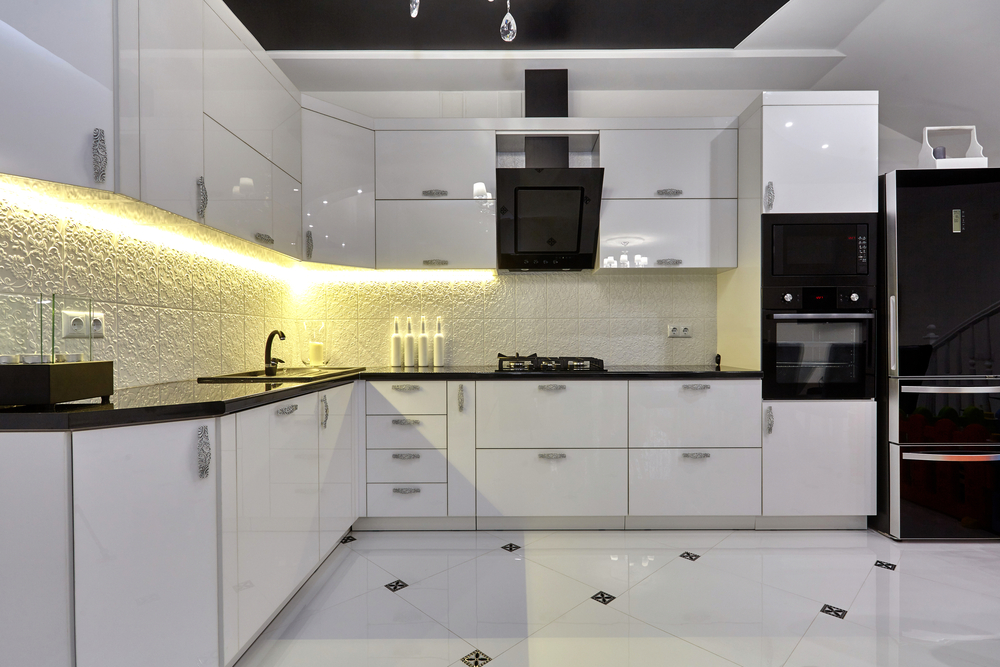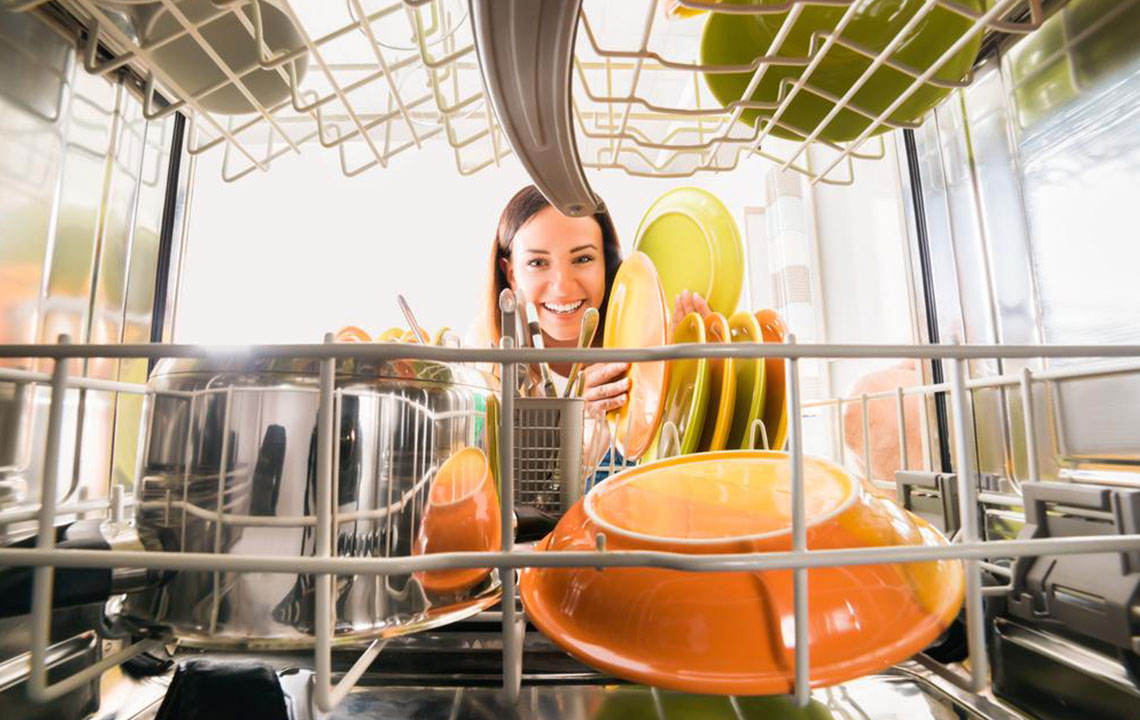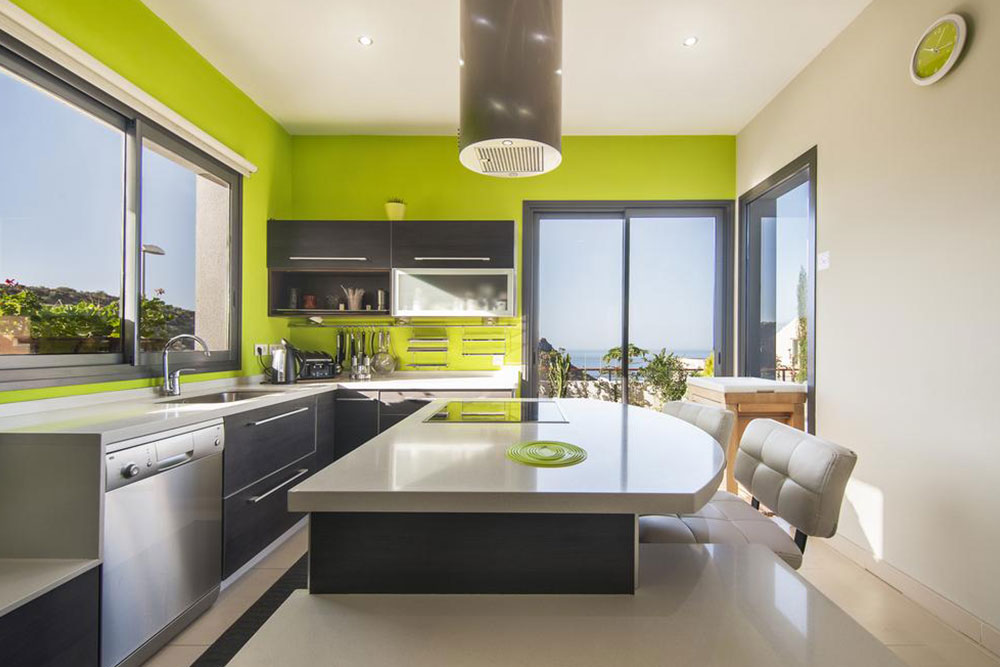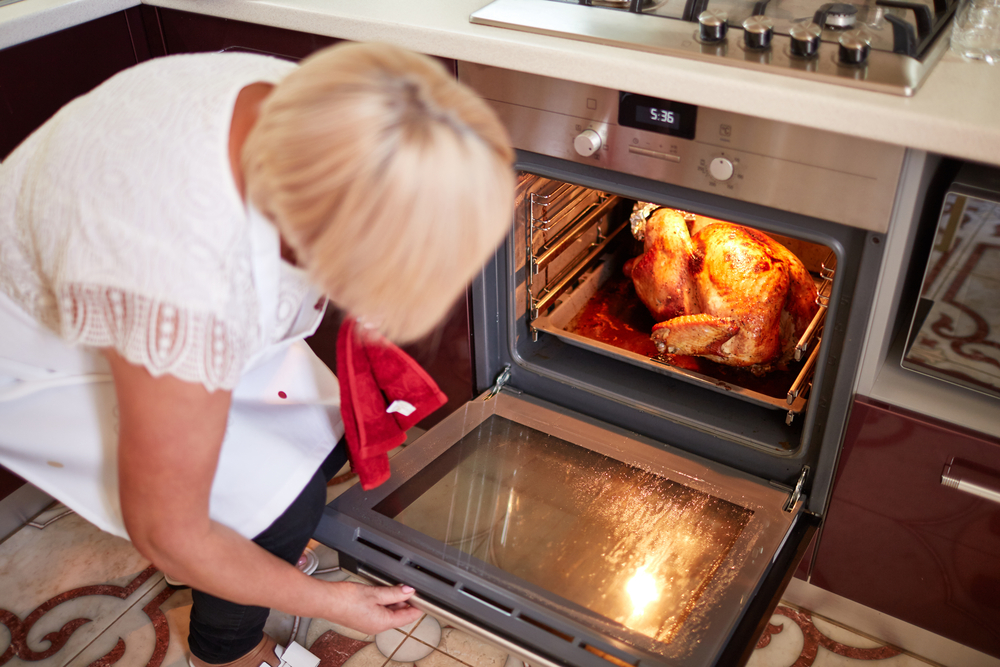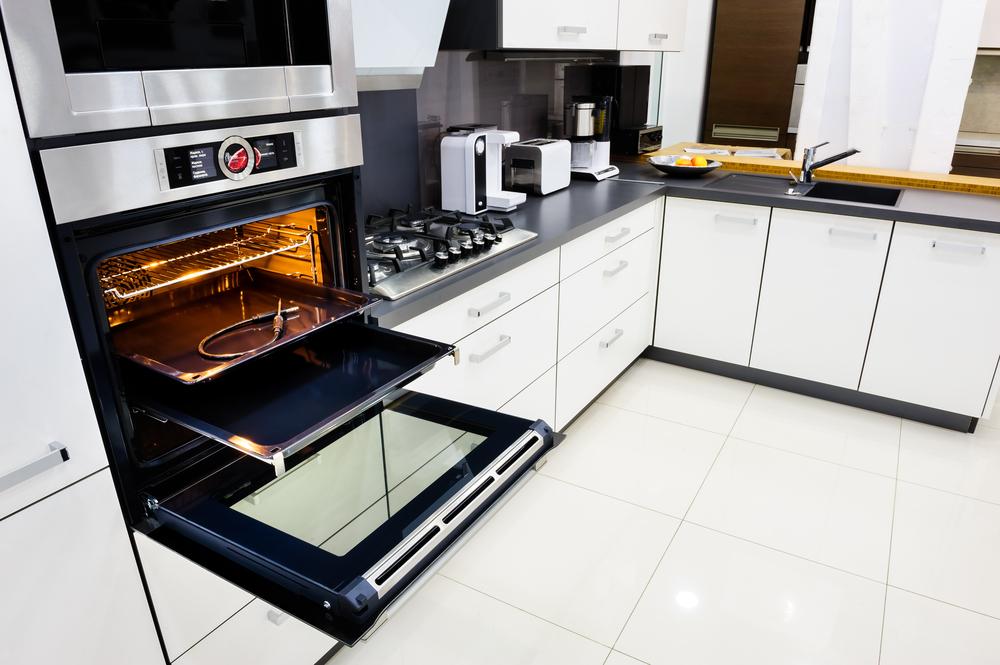Complete Guide to Choosing Between Freestanding and Custom-Integrated Kitchen Appliances
Choosing the right kitchen appliances significantly impacts both aesthetics and functionality. This comprehensive guide explores the differences between freestanding and custom-integrated appliances, highlighting key advantages and limitations to help homeowners make informed decisions. From affordability and flexibility to sleek design and durability, discover which option best suits your lifestyle and kitchen space. Understanding these differences ensures your kitchen renovation or new build results in a stylish, efficient, and lasting culinary hub tailored to your needs.
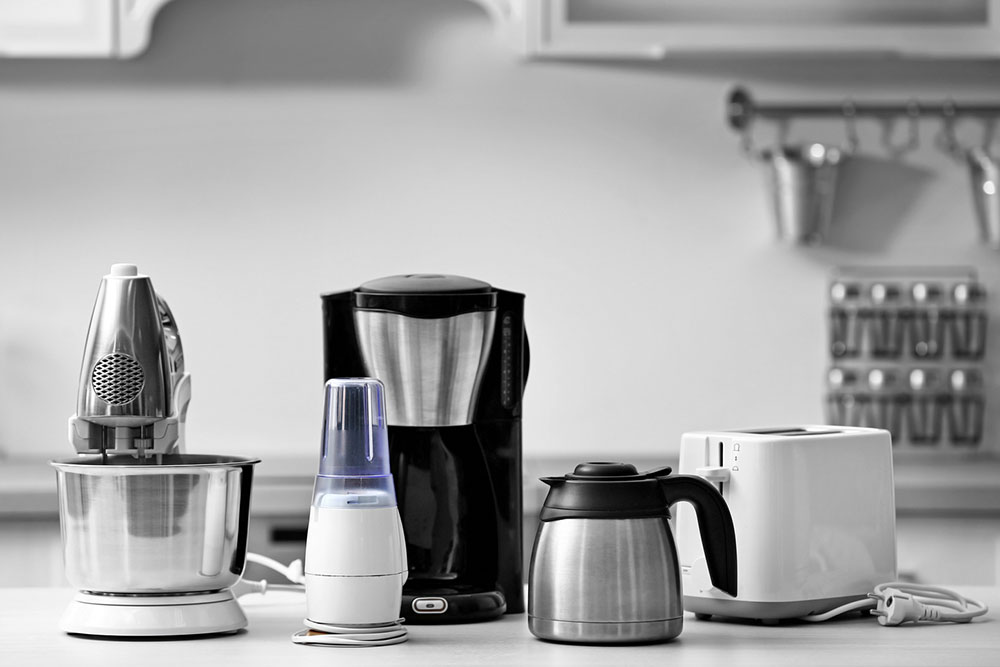
Comprehensive Guide to Selecting Between Freestanding and Custom-Integrated Kitchen Appliances
Designing a new kitchen or renovating an existing one involves making numerous important decisions, especially when it comes to selecting appliances that blend functionality with aesthetic appeal. The right choice can transform your cooking space into a stylish, efficient environment tailored to your lifestyle. One of the most significant choices homeowners face is deciding between freestanding appliances and custom-integrated solutions. This decision influences not only the visual harmony of your kitchen but also its practical usability, flexibility, and long-term value.
When planning your kitchen layout, discerning homeowners often imagine a space that is both welcoming and highly functional—ideal for preparing meals, entertaining guests, and gathering with family. The type of appliances you select should align with your overall design goals, budget constraints, and personal preferences. Both variations—freestanding and built-in—offer distinctive advantages and limitations, making it essential to understand their features thoroughly before making a commitment.
Advantages of Freestanding Appliances
One of the key benefits of freestanding appliances is their affordability. These units tend to be less expensive upfront compared to built-in options and often come with a variety of features suitable for different needs and preferences. Moreover, their ease of installation means you can set them up quickly without requiring professional assistance, which can significantly reduce renovation costs and time.Flexibility is another significant advantage of freestanding units. They typically come with finished sides, allowing for easy repositioning within the kitchen or even for a complete reorganization later on. This makes them an excellent choice for homeowners who prefer a modular design or anticipate future changes to their kitchen layout, especially when moving to a new residence.
Freestanding appliances come in a broad range of sizes and styles, including compact options ideal for small or space-constrained kitchens. Their versatility ensures that they can integrate into various design themes and spatial arrangements, providing functional convenience regardless of kitchen size.
Limitations of Freestanding Appliances
While freestanding appliances are practical and budget-friendly, they may not provide the sleek, cohesive look that modern minimalist kitchens aim for. Their finished exteriors often contrast with surrounding cabinetry, which can detract from a seamless design. Additionally, since they are standalone units, they may require more visual space and might not integrate as elegantly with custom cabinetry.Advantages of Built-in Appliances
Built-in appliances are designed to fit flush with your custom cabinetry, creating a smooth, streamlined appearance that enhances your kitchen’s modern aesthetic. They contribute to a clutter-free environment by seamlessly integrating into the overall design, resulting in an elegant and cohesive look.Beyond aesthetics, built-in units often come equipped with advanced features and technology, offering greater control, efficiency, and performance. These appliances are typically manufactured with durable materials and designed for longevity, making them a worthwhile investment for homeowners seeking durability and sophisticated functionality.
Another benefit of built-in appliances is their tendency to add value to your property. A modern, integrated kitchen can appeal to prospective buyers, especially those seeking a high-end, contemporary look.
Drawbacks of Built-in Appliances
One notable disadvantage is that once installed, built-in appliances are permanent fixtures. This means that relocating or replacing them can be complicated and costly, often requiring professional assistance or even extensive modifications to cabinetry and infrastructure.Additionally, built-in units generally involve a higher initial investment compared to freestanding options, both in terms of the appliances themselves and the installation process. For homeowners on a tight budget or those planning frequent changes to their kitchen layout, this could be a significant consideration.
Ultimately, the decision between freestanding and built-in appliances depends on your personal preferences, lifestyle needs, budget, and future plans for your kitchen. Whether you prioritize flexibility and affordability or sleek design and longevity, understanding the core differences will help you make an informed choice that enhances both the beauty and functionality of your home’s culinary space.
Consulting with kitchen design professionals can provide additional insights and personalized recommendations based on your specific space and aesthetic goals. Take your time to evaluate your needs thoroughly; selecting the right appliances is a key step toward creating a kitchen that is both stunning and practical.
